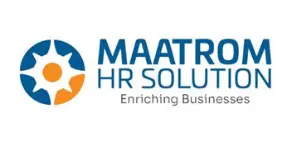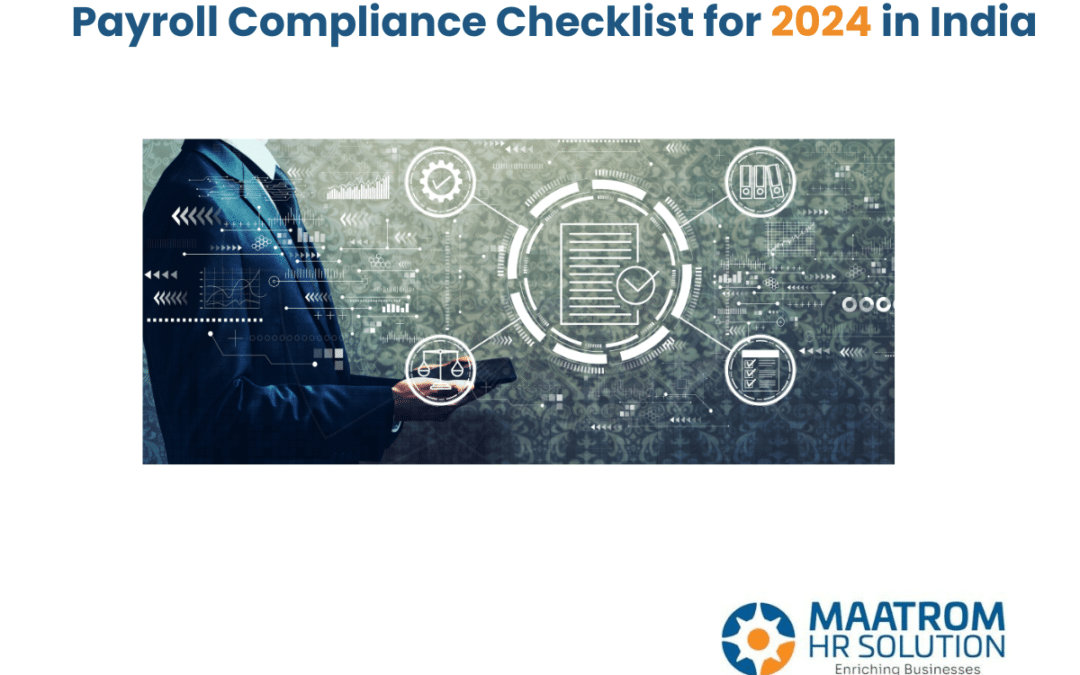In India, adhering to payroll compliance is crucial for businesses of all sizes. This ensures legal conformity and protects both the employer and employees. The major components of payroll compliance for 2024 include Employee Provident Fund (EPF) compliance, Employees’ State Insurance (ESI) compliance, Professional Tax (PT) compliance, Labour Welfare Fund (LWF) compliance, and Tax Deduction at Source (TDS) and Income Tax compliance.
Let’s delve into each of these components to understand their significance and implementation.
Employee Provident Fund (EPF) Compliance
EPF is a savings tool for employees, aimed at building a retirement corpus. Employers and employees contribute a fixed percentage of the latter’s salary (typically 12%) to the fund. Compliance involves timely EPF account creation for new employees, accurate monthly contributions, and annual filings. This ensures employees are saving for their retirement, providing them with financial security.
Employees’ State Insurance (ESI) Compliance
ESI offers medical, monetary, and other benefits to employees. Applicable to establishments with 10 or more employees, the ESI contribution is a shared responsibility between the employer and the employee. Compliance requires proper registration, regular contribution payments, and timely filings. This compliance ensures employees have access to healthcare and financial aid in case of sickness, maternity, or employment injury.
Professional Tax (PT) Compliance
PT is a state-level tax on professions and employment, with rates varying across states. Compliance involves deducting the correct PT from employees’ salaries and remitting it to the respective state government. Timely payment and annual return filings are critical. This tax contributes to the state’s revenue and is mandatory for all employees earning above a certain threshold.
Labour Welfare Fund (LWF) Compliance
LWF aims to provide social security to workers in certain states. Compliance involves periodic contributions to the fund, usually semi-annually or annually, depending on the state. Both employer and employee contribute to the LWF. This fund supports various welfare measures for workers, enhancing their well-being and job satisfaction.
Tax Deduction at Source (TDS) and Income Tax Compliance
TDS on salaries is a mechanism to collect income tax, with employers deducting tax based on employees’ income slabs. Compliance includes accurate calculation of TDS, timely deposit of the deducted tax, and issuance of Form 16 to employees. Annual return filings are also part of this compliance. This process simplifies tax collection and ensures employees are not burdened with a lump-sum tax payment.
Maintaining payroll compliance in 2024 involves a comprehensive approach, ensuring adherence to EPF, ESI, PT, LWF, and TDS and Income Tax regulations. By staying compliant, businesses not only avoid legal penalties but also foster a secure and supportive environment for their employees. This reinforces trust, aids in employee retention, and upholds the company’s reputation as a responsible employer.
Monthly Compliance Checklist
Every month, businesses must ensure timely and accurate contributions to the Employee Provident Fund (EPF) and Employees’ State Insurance (ESI), along with Tax Deduction at Source (TDS) filings. The cornerstone of monthly compliance is accurate employee data management. This includes up-to-date records of employees’ salaries, deductions, and personal details. Proper record-keeping practices, such as maintaining digital records of payment proofs and employee declarations, are essential. These steps prevent discrepancies and facilitate smooth audits.
- EPF and ESI Contributions: Deduct and deposit EPF and ESI contributions before the due dates. Late payments can incur penalties.
- TDS Filings: Calculate and deposit TDS on employee salaries, ensuring adherence to the latest tax slabs and exemptions.
- Employee Data Management: Keep employee records up-to-date, including any changes in salary, position, or personal details.
- Record-Keeping: Maintain organized records of all transactions, contributions, and filings for future reference and compliance audits.
Quarterly Compliance Checklist
Quarterly tasks primarily revolve around TDS. The key activities include:
- TDS Quarterly Return Filings: File quarterly TDS returns detailing the tax deducted from employees’ salaries.
- Managing Quarterly Statements and Reconciliations: Reconcile deductions with actual deposits and rectify any discrepancies to ensure accurate filings.
Annual Compliance Checklist
The annual compliance cycle culminates with several critical tasks:
- Finalizing and Issuing Form 16 and Form 24Q for TDS: Prepare and distribute Form 16 to employees and file Form 24Q, detailing quarterly TDS returns, with the Income Tax Department.
- Annual Returns for EPF and ESI: File annual returns, summarizing the contributions and maintaining compliance with EPF and ESI regulations.
- Bonus, Gratuity, and Leave Encashment: Calculate and disburse any bonus, gratuity, and leave encashment by statutory guidelines.
Ensuring compliance with these checklists not only helps avoid legal penalties but also builds a transparent and trustworthy relationship with employees. It reflects a company’s commitment to ethical practices and legal adherence, reinforcing its reputation in the market.
Want to unlock full potential of your business with Maatrom HR’s expert payroll compliance?
Let us handle the complexities, so you can focus on what you do best – growing your business. Connect with us today and take the first step towards effortless payroll management.


Recent Comments